How to Grow a Business Using Community Marketing
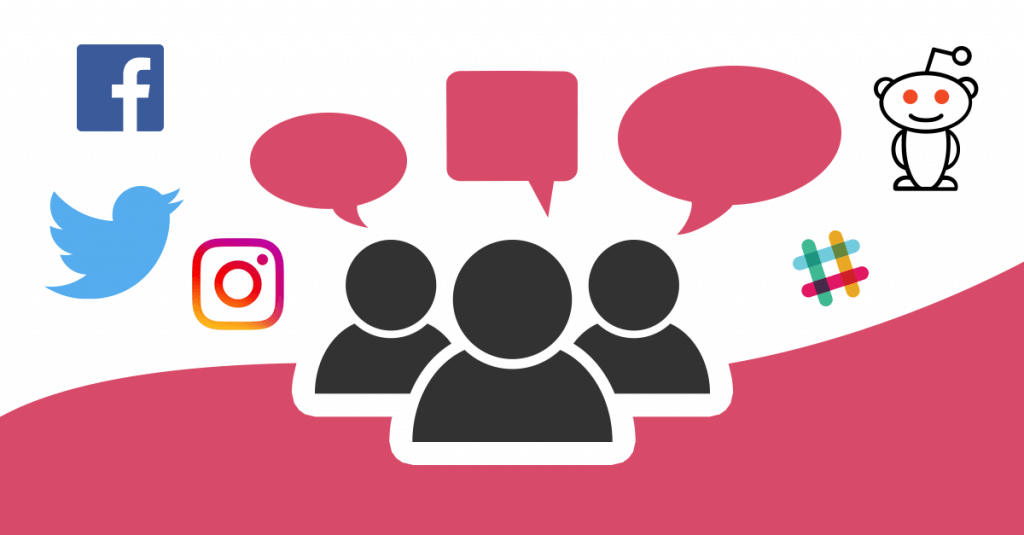
Let me ask you a question: how much community marketing (CM) are you doing?
If you answered “none,” don’t feel bad. You’re not alone. But that’s not to suggest you don’t need to change the situation.
In the past, we marketed on radio, TV, magazines, and billboards. Then we moved to online banner ads and email blast campaigns.
We then evolved to be smarter with our internet dollars and effort: targeted PPC and email marketing. Then content, social media, and influencer marketing filled out our digital marketing plan.
And while most of those are still necessary and very effective, the marketing trend for 2018 and beyond looks to be community marketing.
Unlike traditional advertising and PR that focus on getting new customers, community marketing is about connecting, engaging, and establishing long-term relationships with existing customers within a group or community of similar people.
It’s more about conversation than selling. Because in 2018, business is all about the relationships you forge with others.
Modern consumers expect more from the companies they give their money to and support. They want to feel recognised, important, and heard.
CM removes the barriers and bridges the gap between brand and fan so they become allies. Equal partners.
Think about it: every conceivable product and service has multiple options to choose from, so it’s the relationship, the customer experience, the authenticity that tends to be the main differentiator for consumers…even more so than the price or product itself.
People are willing to shell out more for a product if it comes with that little bit extra: great service, great connection, great overall UX. And American Express found that up to 70% are willing to pay more for it.
Community marketing ties right in with all of that.
Sounds great. But what if you don’t have any existing customers?
You can still use community marketing as a new business or startup by identifying existing groups of people – by shared interests, problems, professions, and so on – that would likely have the desire or need for whatever it is you’re selling. Find them. Join the conversation.
X Marks the Spot
Where exactly is community marketing taking place? Wherever like-minded people congregate.
Community marketing might be aimed at a Facebook Page, Slack group, Twitter or Instagram hashtag, subreddit, portal, forum, message board, website, blog, or any other online place where customers and fans gather.
It could even be a real-world event (remember the real world?!) like a conference or tradeshow in your industry.
But it’s specifically social media where community marketing really shines. They go together like Bert and Ernie. Why? Because social media has some of the largest communities, and engagement is fast, easy, and convenient. Consider:
- Tremendous numbers: Facebook has more than two billion active monthly users, Twitter is on 335 million, Instagram has more than 1 billion, and LinkedIn sits at 500 million(to name just a few).
- Of the 2016 Fortune 500 companies, 97% are on LinkedIn, 86% are on Twitter, 84% are on Facebook, and 45% are active on Instagram.
- Nearly 80% of American SMBs connect with customers on social media, and just over 56% planned to increase their social media budget in 2017.
- Over 60 million businesses have a Facebook Page.
- Global social media usage is expected to hit 2.95 billion by 2020.
- Social media user demographics cover a very wide range of people.

Community marketing comes in two flavors: organic, where customers and fans create their own groups and spaces, and sponsored, where you provide an official platform for them (like a Facebook Page).
You want a mix of both.
Why Bother?
Creating an active presence (and not just pitching your product) in these spaces allows a brand, business, or entrepreneur to learn more about customer wants, needs, and complaints, and allows for direct responses, follow-up questions, and communication between the two groups.
Companies get valuable insight and feedback, while customers and fans get to feel heard and appreciated. It’s the very definition of a win-win.
Other potential benefits include cultivating greater loyalty and advocacy, gaining access to and encouraging user-generated content (UGC), identifying customer concerns, anticipating their needs, fewer communication barriers (i.e. your company is more transparent, approachable, and open), product development insight and ideas, and enthusiastic word-of-mouth advertising (users are sharing their stories and referring you to their friends not yet in the group).
You’ve got to work to keep your fans and customers happy. Remember, a happy customer tells an average of 9 people about their experience, you’re 14x more likely to sell to an existing customer than to a new one, and a 5% increase in retention can lead to a 25-95% increase in profit.
Creating a space for them to talk about their experiences – both good and bad – is a no-brainer. Word-of-mouth can improve the effectiveness of your marketing by 54%, and 86% of consumers list it as the most trustworthytype of marketing.
When done correctly, community marketing is incredibly powerful and much cheaper than traditional tactics.
That’s why you should bother.
Ready to try and see for yourself? Here’s how to get the CM ball rolling.
The Community Marketing Roadmap
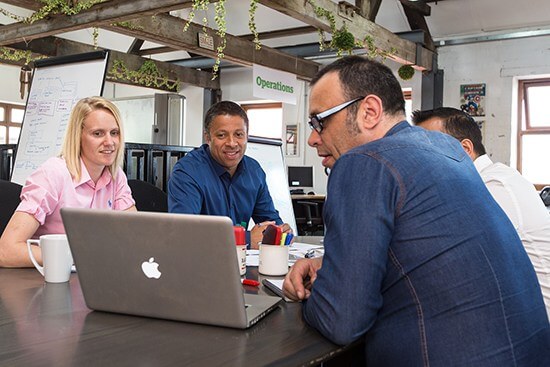
Community marketing has a lot in common with content marketing. It’s all about the consumer, it’s all about delivering value beyond your product, it’s all about engagement.
But CM differs slightly because, in many ways, the community itself is the ultimate goal. Everything else is a by-product. You create or join the communities, you deliver that value, you build up trust, and you engage.
Eventually, the “good” stuff – insight, feedback, growth, profits – will follow as a natural extension of being a community member in good standing.
Decide On What
Your first step is to decide on what your CM efforts will deliver to your members. What’s in it for them, and what will they get from their involvement?
Perhaps you’ll present special offers to them, exclusive and “members only” (everyone loves being in a privileged group).
Or maybe you’ll serve up fantastic advice, powerful tips, and simple solutions to their everyday issues from your vast warehouse of experience and wisdom.
It might be nothing more than an always-open and available channel to communicate directly with you about problems, complaints, and questions. That’s incredibly valuable.
Or it might provide a platform for members to share their stories and UGC surrounding your industry and niche.
Or a combination of those approaches. Or something else entirely. It’s up to you. But you should have some sense of what you’re doing before you jump in.
Ask yourself: what does your community need? Deliver that. Write it out. Plan. Everything you do should move you closer to that goal.
Decide On Who
You’ve probably already identified your ideal customer. Buyer personas are a crucial element of any business or marketing plan.
Who stands to benefit most from your product or service? What problem does it solve, what itch does it scratch, and who’s most likely to have it?
You need to know who you’re looking for before you can determine where to find them. Which brings us to your next step.
Decide On Where
Your next task is identifying where to find your community. It’s likely not a single location, but you also don’t want to spread yourself too thin. Limit yourself to just a few spots, at least at first, so you can give the community the time and attention it deserves.
Are they primarily online, or in the real world? And before you ignore that oft-forgotten “real world” place, remember that not all audiences are active in cyberspace. If your target is seniors or the silent generation, for example, you probably need more “real” than virtual. Just food for thought…
That said, for almost every group, you’re likely going to need a few virtual spots in the mix. And in 2018, that’ll definitely include social media platforms.
Choosing the “right” one should be about more than just what’s popular. Again, consider your target.
Teens and early 20s? Explore Snapchat. Business professionals in their 30s and 40s? Try LinkedIn. A broader community such as American adults? Head to Facebook (68% of U.S. adults are on that platform).
As part of this stage, you’ll also need to pick sponsored or organic communities (or both…but again, less is more).
Are you going to create a Facebook Page and try to attract your community? You’ll have more control, but you’ll start with a community of zero. Work hard, and you can grow it, but it’ll take some time.
Take the SAP Community Network, for example. With 2.5 million members, it’s a thriving community built for SAP users by SAP. They have virtual Coffee Corners (to just sit, chill, and talk about whatever is on your mind). They connect new users with experienced mentors. They’ve got an extensive Q&A section (with answers from SAP and other members). It’s probably the best example of a custom-built community platform you’ll ever find.
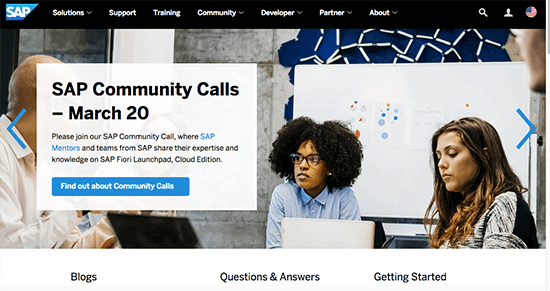
(Screenshot: https://www.sap.com/community.html)
Or will you seek out existing communities that are directly or indirectly connected with your niche? If you sell all-natural dog treats, there are plenty of dog lover groups out there already. What you relinquish in control by going to them, you make up for in sheer numbers from the start. It’s a trade-off.
If you go to them, you may have to work harder to establish trust. They’ll be suspicious of any brand joining their ranks, fully expecting you to start aggressively pushing your product. Don’t.
Uncover Your Core Value
Okay. You know what, who, and where. But what are you all about? Yes, you want to make a profit and sell to your audience, but there needs to be more if you want to connect with them on a genuine and authentic level.
Find your meaning beyond money. What is it you do for your customers and users? Do you make their lives easier? Improve the health of their dog? Increase their productivity? Save them money? Whatever it is, give them additional resources – from you or curated from others – to offer them even more. Overdeliver that one core value.
It’s part of what makes you, you. It’s a part of your unique selling proposition.
Write it out as a statement: I [blank] for my customers.

Build your community and/or your community presence upon that idea. Save them money in other ways. Make them more productive at home and at work. Give them little-known life hacks. Suggest healthier options for their dog food, medical treatments, and toys.
The profits will come later.
Participate, Participate, Participate
Once your community is in place, or after you’ve found a few and signed up, remember the cardinal rule: participate, participate, participate.
Then, maybe, you can pitch. But the longer you wait, the better. Don’t join an organic community or start a sponsored one and immediately start trying to sell to them. You need to engage, participate, and become a trusted member first and foremost.
Consumers are wary of businesses lurking about in their online hangouts. They don’t want to be sold to. It’s not why they join or come. They want to share, discover, communicate, and network with like-minded people.
Demonstrate that you’re an expert in your field. Ask questions (but not just self-serving ones). Answer questions (but don’t always make your product the solution). Share your stories.
Integrate community and content marketing plans by sharing your expertise and giving away your best, most useful stuff within the community. And I do mean your best stuff. It’s got to be riveting. It’s got to be better than everything else out there on the subject in some way.
“Let’s say someone rounded up all your content and placed it in a box like it never existed. Would anyone miss it? Would you leave a gap in the marketplace? If the answer is no, then we’ve got a problem, Houston. We want customers and prospects needing…no, longing for our content. It becomes part of their lives…their jobs.” ~Joe Pulizzi, founder of The Content Marketing Institute
CMI calls it the one content marketing question you need to ask: would anyone miss your content if you did not publish it? If the answer is no, start over.
I’d extend that to include, “If you left the community, would anyone miss you?” in terms of community marketing. If the answer is no, try harder.
Become indispensable. That doesn’t mean taking over. It doesn’t mean pushing others aside. It means being completely unselfish with what you know and what you have (your content). It means helping without any thought of reciprocity.
It means becoming the go-to guy or gal for everything that matters to the group. Be real, passionate, and authentic. You’re not trying to dupe anyone. It’s not a trick. It’s a new approach.
Can you do that? Yes you can.
Influence the Influencers
Influencer marketing is nothing new. In every group or community, there are those that everyone looks to as a trailblazer. A leader. Someone with their finger on the pulse of the shared interest or concern.
These people can obviously help you and your brand a great deal. So identify the influencers within the community.
Finding them is pretty straightforward: pay attention. Who is posting frequently, who is getting their stuff shared and quoted regularly, and who always seems to be one step ahead of everyone else?

That’s your community influencer. There are other ways to identify them – by their follower numbers, by hashtags, or by third-party tools like Klear – but it doesn’t really matter how, so long as you do.
Reach out and connect with them. Build that relationship. Include them.
You could invite them to participate in development initiatives, beta testing, or focus groups. You could pick their brain for feedback or ideas. You could eventually ask them for a review of your product or service.
Now, you could pay them for a shoutout or recommendation, but be aware that they would have to reveal that compensation, and a paid endorsement carries far less weight than a natural one.
Get them involved, and they’ll likely share their opinion and experience with you and your business anyway. That’s far more meaningful and powerful.
A recent Twitter study found that people rely on influencer recommendations almost as much as those from personal friends (49% and 56% respectively).
Harness that.
“Influencers will lead marketing efforts by 2020. It’s the most effective form of “advertising” there is, and when coupled with a solid content strategy, no TV or Facebook ad buy can even compare.” ~Ted Coiné, CEO of The Extraordinary Influencer Network
Again, there’s no trickery or backroom deal going on here. It’s about a mutually beneficial and respectful relationship between you and the influencer. If your product or service genuinely improves, saves, or fixes something important to the community, then they’ll of course be interested in sharing that information and participating in the community’s betterment.
Good for them. Good for you. Good for the group. Everyone wins.
Segment Your Messages
Segmentation works. For email marketing. For social media. And for community marketing.
Whenever appropriate, segment the community along geographic, demographic, behavioral, or psychographictraits to get the right message to the right people at the right time.
Not everyone needs your latest blog post on a health threat for small breeds of dogs, or your new infographic about little-known productivity tools for those in finance, or your opinion on the proposed changes to the privacy policy on social media platform A.
Segment and deliver what’s relevant.
Just Be You
Whether you’re a business owner, an entrepreneur, a freelancer, or something else, you’re also a person, full stop.
Leave your marketing and sales hat at home and just be one of the group in your community. Just be “Lisa” or “Dylan” or “Maddie” instead of the CEO of Brand X. The members will appreciate getting to know the person behind the product; the brains behind the brand.
Community building is largely about humanising your business. Consumers want that.
And as they say, to err is human. Smartphone manufacturer OnePlus had some difficulty with the rollout of their OnePlus 2, resulting in tremendous delays and missed deadlines. Instead of making excuses and blaming others, co-founder Carl Pei wrote a letter on the community forum and personally apologised to the fans, the partners, and the team.
He empathized with each group. He closed it with a sincere request for both positive and negative feedback to help them get better.
And the community overwhelmingly LOVED him for it.
Be real. Be human.
Reflect the Group Values
Identify and represent the values, beliefs, and feelings of the group members.
But be sincere. Don’t lie about a shared value to make a sale, because the group will eventually discover the deception and out you as a fraud. Are a few sales worth that kind of PR nightmare?
40% of consumers want “purposeful brands,” and many Millennials and Gen Xers prefer to support businesses that share their beliefs.
“If people believe they share values with a company, they will stay loyal to the brand.” ~Howard Schultz, CEO of Starbucks
People want to know what you stand for, what you believe to be true, and that your ideas mesh with theirs. Is it a dealbreaker if they don’t? Not necessarily, but with so much choice, they can easily find someone else who does.
So cultivate and reflect those values that you genuinely agree with and support. It’s a powerful way to bond with the community as a whole, and the individuals within it. A strong relationship is critically important in today’s competitive business world…no matter your industry.
New research on the subject found that keeping your customers satisfied is not as important as connecting with them on an emotional, visceral level. That’s the most effective way to maximise customer value.
If protecting the environment, or giving back to the community, or standing up for what you believe in despite difficulties is important to them and you, highlight that.
The late, great Steve Jobs said it best:
“To me, marketing is about values. This is a very complicated world, it’s a very noisy world. And we’re not going to get the chance to get people to remember much about us. No company is. So we have to be really clear on what we want them to know about us.”
Listen
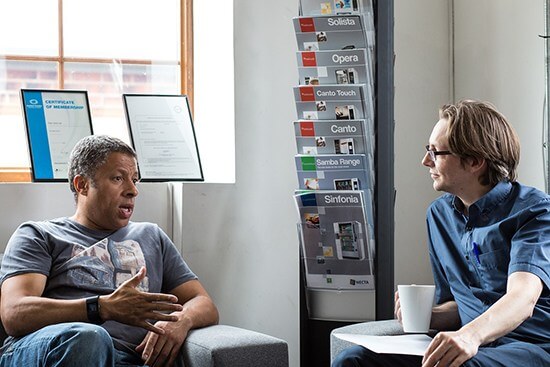
As the saying goes, we have two ears and one mouth so we can listen more than we speak. Good advice in life. Great advice in business. The golden rule in community marketing.
It’s not about you. It’s about the group. They have ideas, wants, needs, complaints, feedback, suggestions, requests, compliments, and desires. Listen to them. Hear them.
Starbucks took the listen approach to a whole new level with their My Starbucks Idea forum. Like a suggestion box for the digital age, community members can submit ideas about menu options, charitable efforts, atmosphere and locations, payments, and more. People can submit, comment and vote on other ideas, and receive points for their engagement.
And in case you think it’s all for show, Starbucks has implemented over 300 customer suggestions since its inception. The company is actually listening.
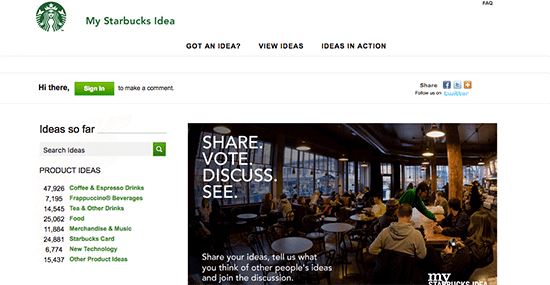
(Screenshot: http://mystarbucksidea.force.com/)
Check out some high profile and successful community marketing examples for inspiration, and consider the case of beauty and body care brand Kiehl’s, which has been around for well over 160 years. They rarely if ever advertise in the traditional sense, relying instead on community marketing, word-of-mouth within and without that community, free samples (these account for roughly 80% of Kiehl’s marketing budget), and being veryattentive to their customers’ needs.
We all want to be part of a community. We’re hardwired for it.
Use that to your advantage. Create communities for your customers. Join in on those that already exist. Participate more than you pitch. Listen. Use what you learn.
And grow your business the 21st century way.
Some people claim that nothing is more important than your audience when it comes to modern marketing. With all due respect, I believe nothing is more important than your community. With it, you get audience, advocacy, customers, leads, and communication.
All under one digital or real roof.
What community efforts have you made with your brand? What advice would you give to someone just starting out, or what questions do you have as you begin your community marketing? Feel free to discuss in the comments below:





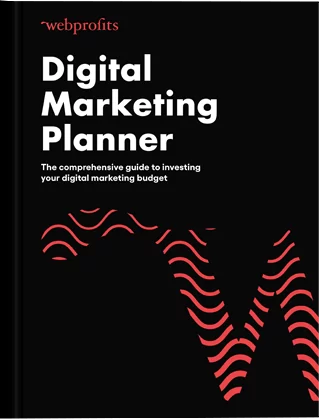
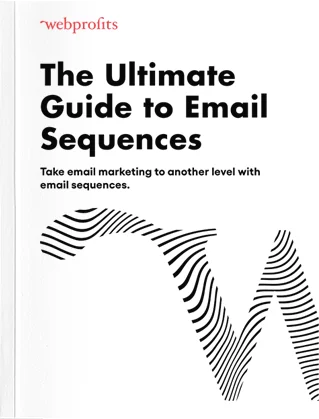
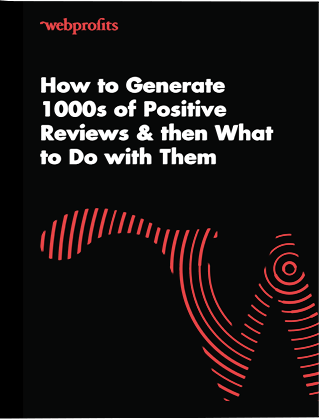
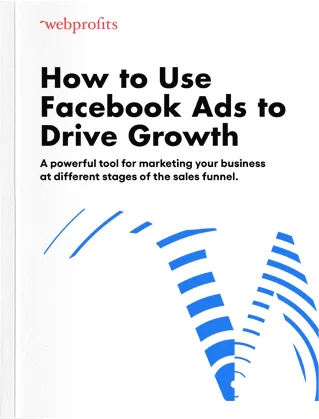

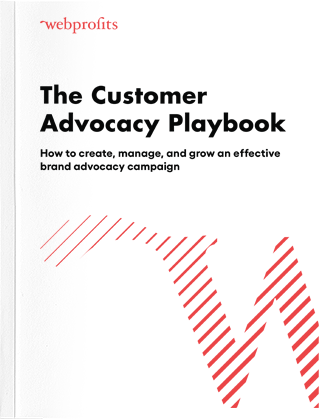


Look forward to reading more
I have to agree with the valid points you make in your article because I see things like you. Additionally, your content is interesting and really good reading material. Thank you for sharing your talent.
Hey there, this is really interesting. I really enjoyed reading this guide. You explained everything really well. Also, the structure of your site is clean. Keep the good work up 🙂